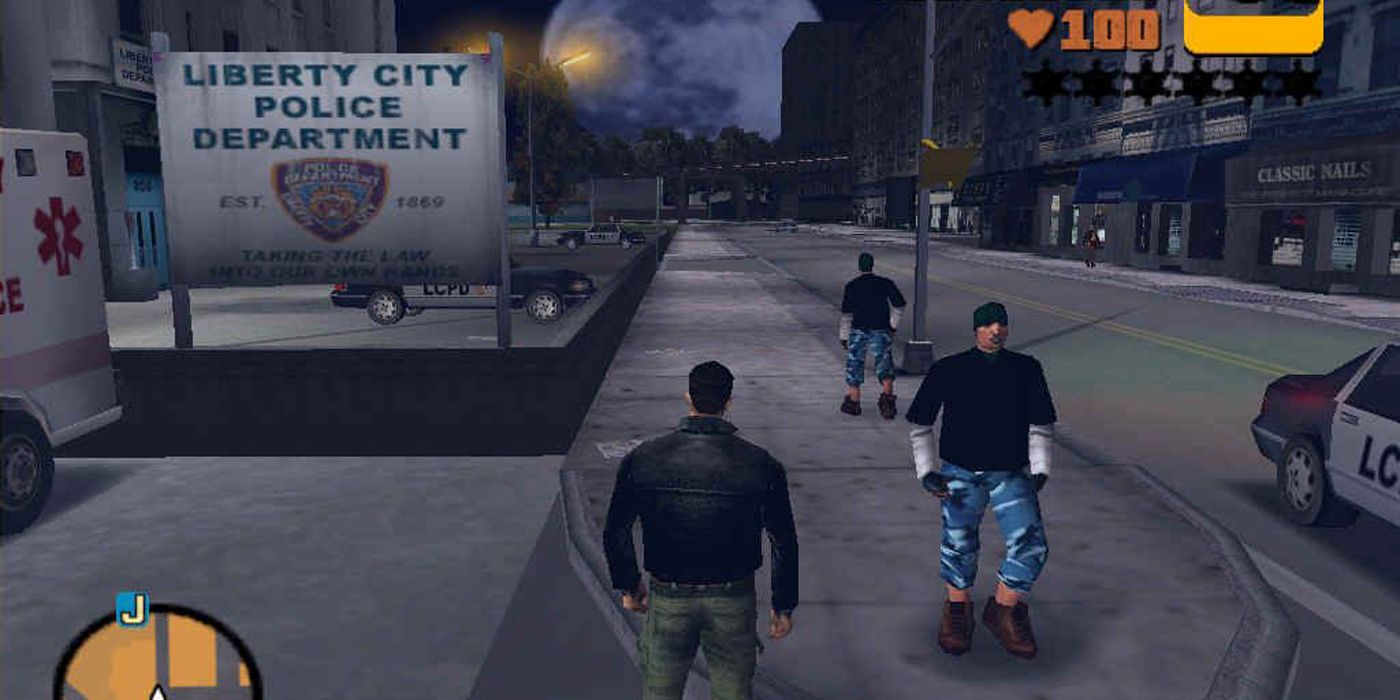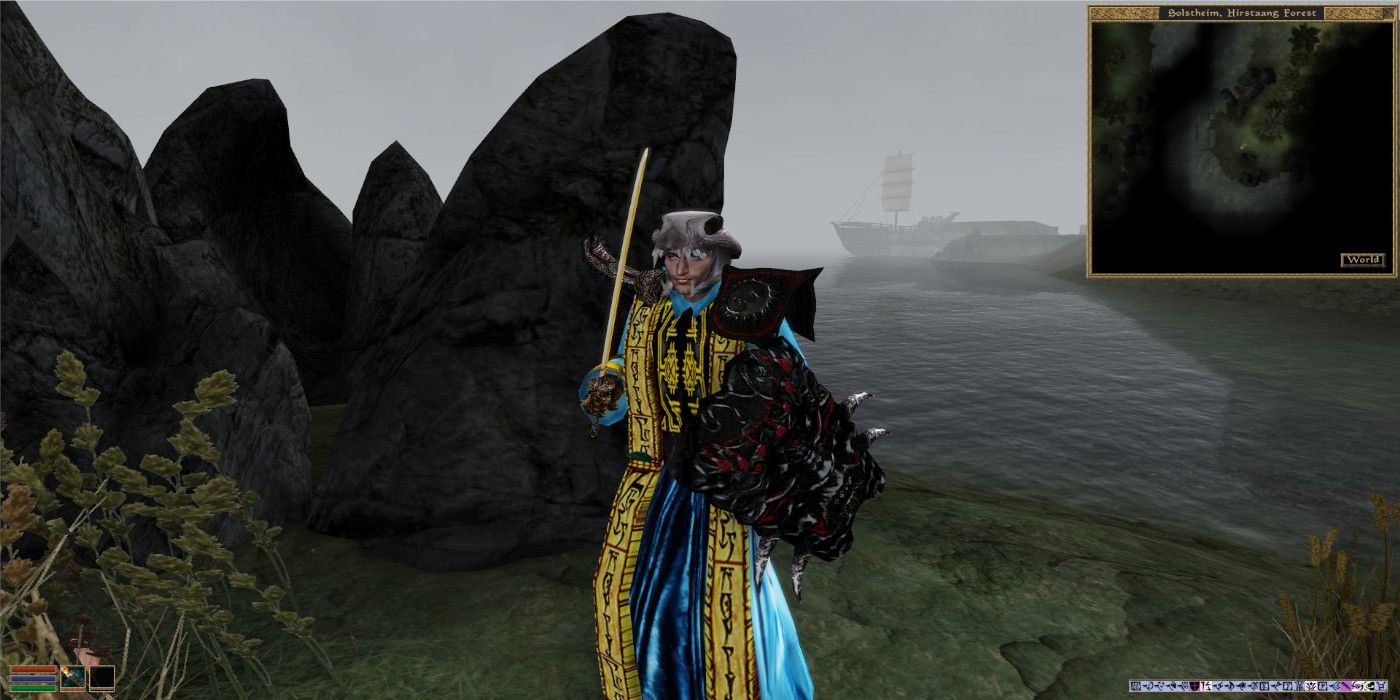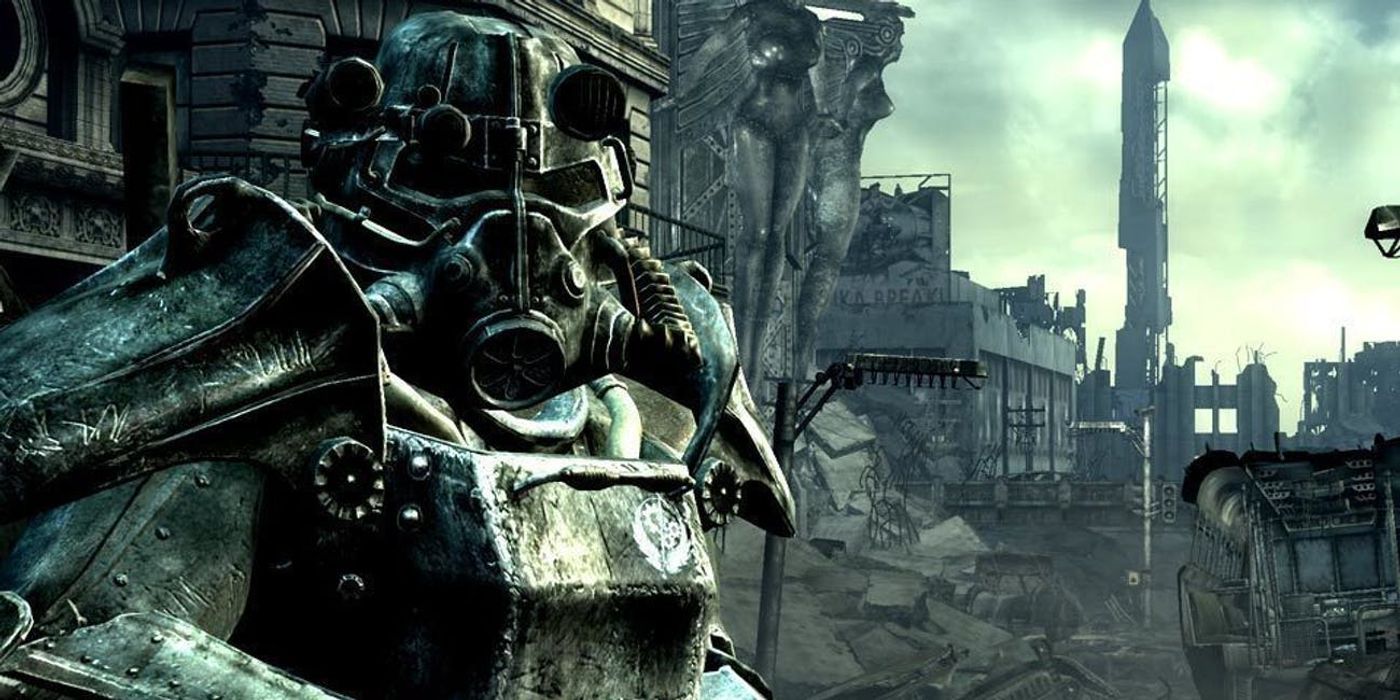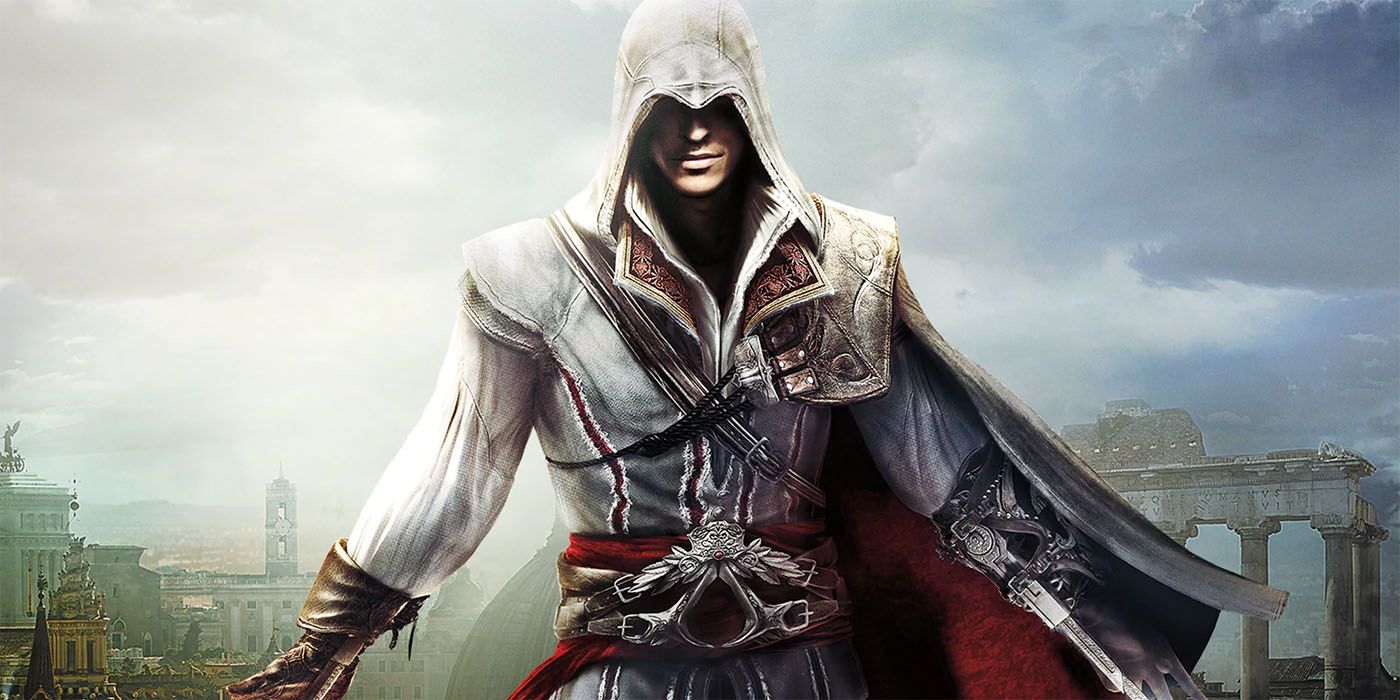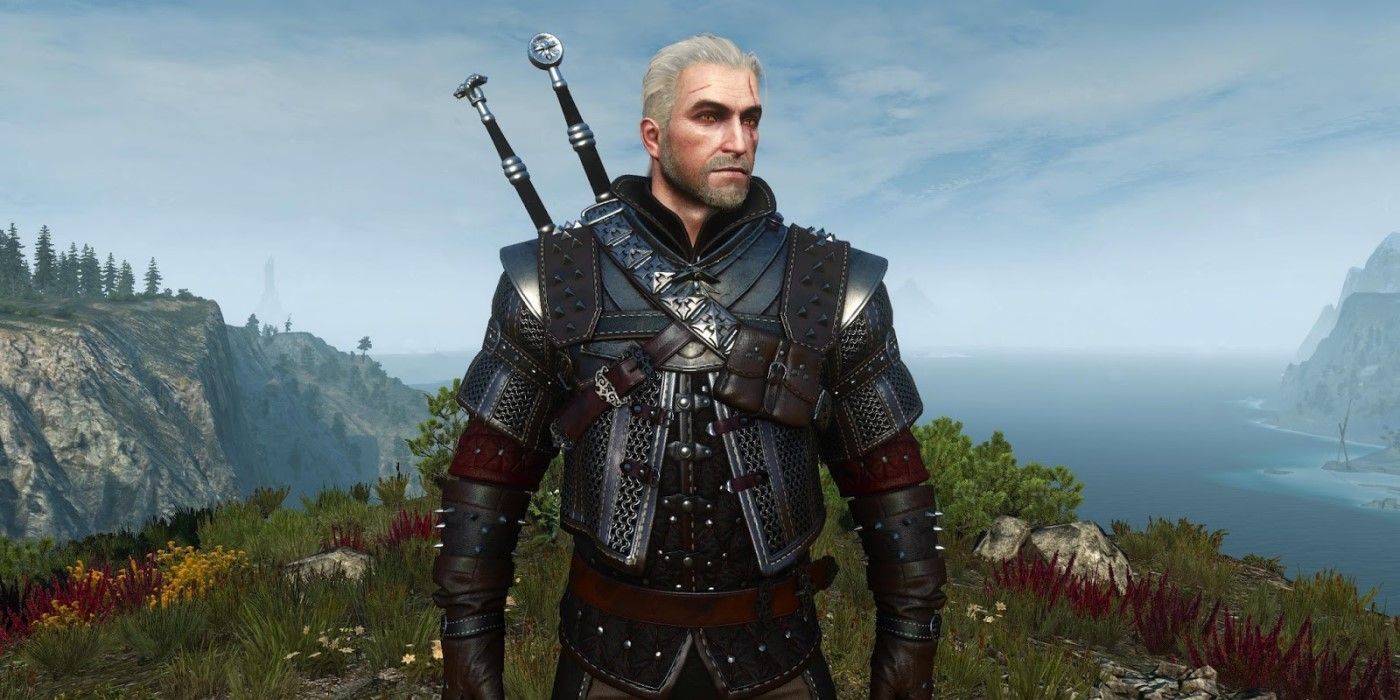Open-world video games have become a go-to genre for AAA experiences over the past two decades. With technology and ambition seemingly increasing in quality with every passing generation, developers need a lot of in-game space to fit all the ideas from the drawing board, so what better option than a massive, fully explorable sandbox environment to do so. Nearly every major release nowadays provides players with a fully open world to discover, ranging in genre and style with everything from fully destructible chaos in Just Cause to high fantasy action RPGs like Darksiders 2.
In order for an idea to become commonplace, there had to be an initial starting point which pioneered the new way of thinking. The concept of fully navigating an open environment with no load times and tons of activities to discover seemed like an impossible endeavor before trend-setting titles broke the mold and introduce new concepts to the industry, each one adding new elements and ideas to enhance the experience. While critically acclaimed open-world games like Horizon: Zero Dawn and The Legend of Zelda: Breath of the Wild may be the current pinnacle of the genre, they owe a lot to the classics that planted seeds to follow.
Grand Theft Auto 3
Grand Theft Auto 3 blew gamers' minds back in 2001 for delivering the first truly 3D open-world experience, causing many to be glued to their PS2 for hours on end. Prior to this, the team behind Grand Theft Auto 3 did dabble with the concept of an open-world game on the Nintendo 64 via the cult classic title called Body Harvest. While an impressive feat in retrospect, Body Harvest wasn't quite there yet, with tons of fog clouding the horizons and a lack of clarity for where things are and what was supposed to be done.
The full realization of Rockstar's vision came with Grand Theft Auto 3, dropping players into a gigantic, fully explorable Liberty City and letting them run wild. While the mission-based structure and mix of on-foot and vehicle gameplay helped craft the formula for the series, it was something else that helped boost the game's popularity. Gamers weren't required to complete the story if they didn't want to, and could instead roam freely, cause chaos, and see what the world had to offer. With many video games up to this point being about gaining high scores or collecting every last trinket in platformers, Grand Theft Auto 3 was a huge change of pace.
The Elder Scrolls 3: Morrowind
While future Elder Scrolls titles like Oblivion and Skyrim may be more popular, both games owe a lot to the foundation that Morrowind created. RPGs set in massive worlds existed prior to Morrowind, as seen in the Final Fantasy series, but there were fundamental differences in the design to set it apart. A very conscious decision was made in development to not have the game be as plot driven as prior installments, with the player encouraged to discover things at their own pace and essentially create their own story.
While side missions and other optional objectives were present in other RPGs, the storyline is really what was the driving force to guide players in a general direction of where they should go and what should be done next. Oblivion improved on the concept while Skyrim perfected it, but it was Morrowind that first encouraged players to cave into curiosity for what awaited over the hillside as opposed a strict set of story missions.
Fallout 3
Jumping from one Bethesda title to another, the company has truly made its mark on the gaming industry and open-world titles as a whole. Fallout 3 was exceptional when first released in 2008, and still remains many players' favorite installment in the franchise. In terms of atmosphere, Fallout 3's open world did a great job at immersing players into what truly felt like a dystopian world.
The seemingly endless conversation options, customizable play styles, and unorthodox but appreciated realism in the moment-to-moment gameplay made for an experience unlike anything else prior. Many open worlds succeeded in delivering a place that the player could mess around with and discover at their leisure, but with Fallout 3, Bethesda helped pushed the envelope for an open world that felt lived in and fully interactable.
Assassin's Creed 2
One of the main things people would expect from an open-world environment is life inhabiting the locations within, otherwise it would just be endless, empty terrain. Examples like Grand Theft Auto 3 and Morrowind certainly had NPCs to interact with, but they were either lifeless or repetitive models, not truly selling the notion that these settings were bustling with life. While the original Assassin's Creed in 2007 did introduce some dazzling crowds with lifelike animations, its direct sequel improved on this a great deal.
Assassin's Creed 2 had denizens roaming the streets, interacting in different ways and even directly addressing the player in passing. This isn't even mentioning the design of the game, which arguably kickstarted Ubisoft's current open-world game design. The map was littered with things to do and collectibles to find. The now infamous synchronization points were more interesting to discover this time around, with other open-world games like Marvel's Spider-Man and the aforementioned Horizon: Zero Dawn even adopting the trick as a way to encourage players to uncover more of what the world has to offer.
The Witcher 3: Wild Hunt
What CD Projekt Red managed to accomplish with The Witcher 3: Wild Hunt is nothing short of astounding, something which its many Game of the Year nominations are surely indicative of. Considered by many to be among the greatest video games ever made, The Witcher 3: Wild Hunt makes use of nearly every mechanic and idea in the examples above to great effect, combined with its own unique spins on the genre to make for a completely robust open-world adventure.
The title has the elements that make other franchises so beloved all rolled into one, be it from the freedom of Grand Theft Auto to the in-depth interactions players can have with the world in The Elder Scrolls. Bonus points are added to writing and story beats, something not easily pulled off in open-world games. The Witcher 3: Wild Hunt is a huge open-world RPG, yet somehow it's so polished and well paced that it has influenced other series like Assassin's Creed to adopt this formula.


